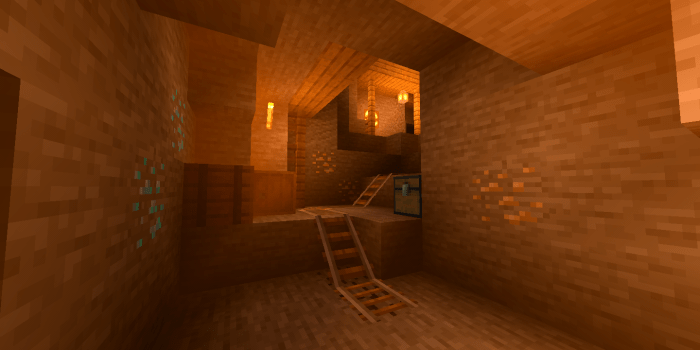

The output of the vertex shader is the computed screen position of the vertex ( gl_Position). Common constants are the matrices necessary to transform and project the position of a vertex to screen space. The input of a vertex shader is vertex data (in the form of attributes) and constants ( uniforms). Vertex shaders are commonly used to transform the positions of vertices from the 3D world space into 2D screen space. Your graphics card driver may happily compile and run shader code that will not work on mobile devices.Ĭoncepts Vertex shader A vertex shader cannot create or delete vertices, only change the position of a vertex. Observe that on desktop computers it is possible to write shaders using features not available on OpenGL ES 2.0. Specifications of OpenGL ES 2.0 (OpenGL for Embedded Systems) and OpenGL ES Shading Language can be found at See the Material manual for details on materials.See the Render manual for details on the render pipeline.In order to create shaders for your content, you also need to understand the concept of materials, as well as how the render pipeline works. This manual describes how Defold’s rendering pipeline interfaces with vertex and fragment shaders. Shaders are used for drawing sprites, lighting 3D models, creating full screen post effects and much, much more. They are programs written in a C-like language called GLSL (GL Shading Language) that the graphics hardware run to perform operations on either the underlying 3D data (the vertices) or the pixels that end up on the screen (the “fragments”). Shader programs are at the core of graphics rendering.


 0 kommentar(er)
0 kommentar(er)
